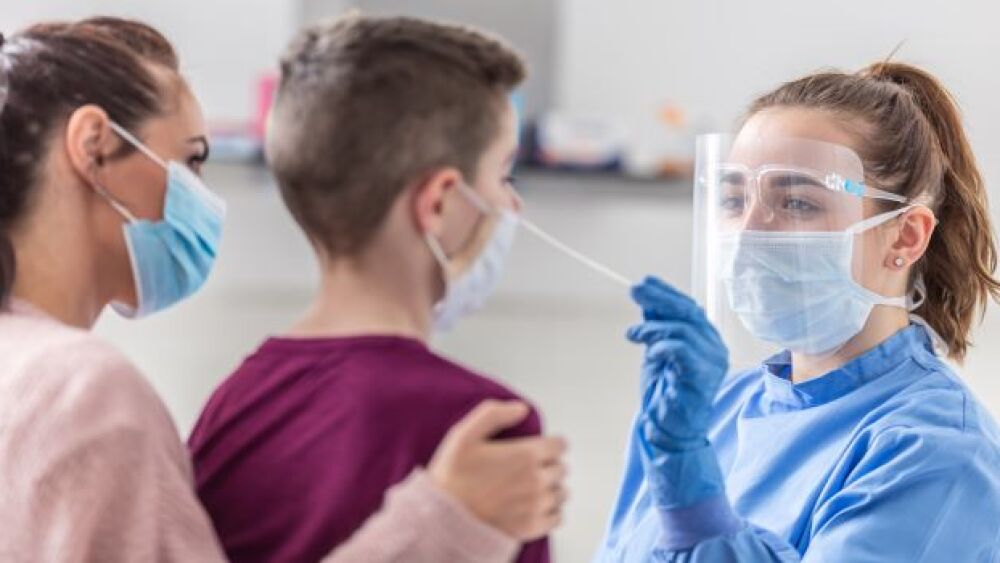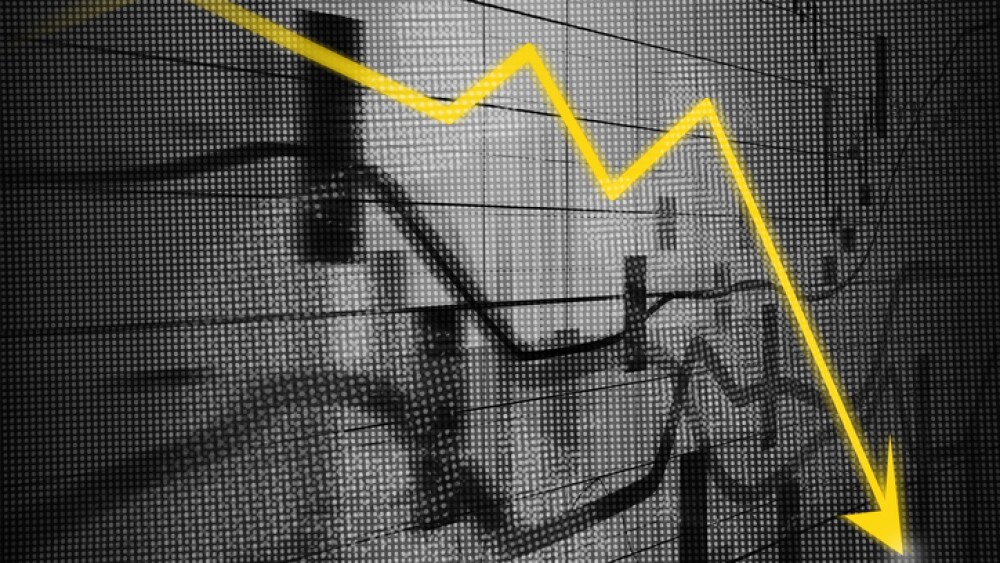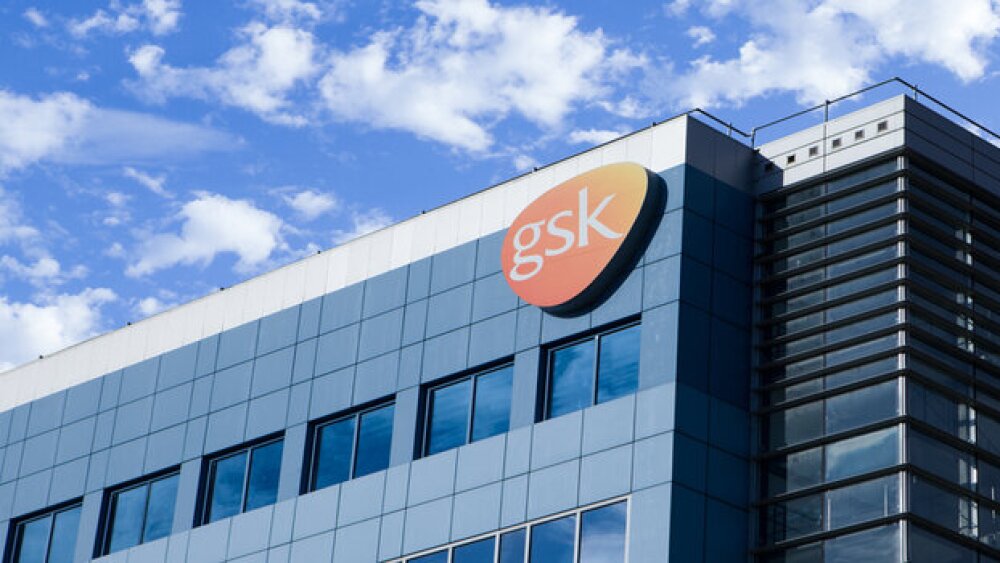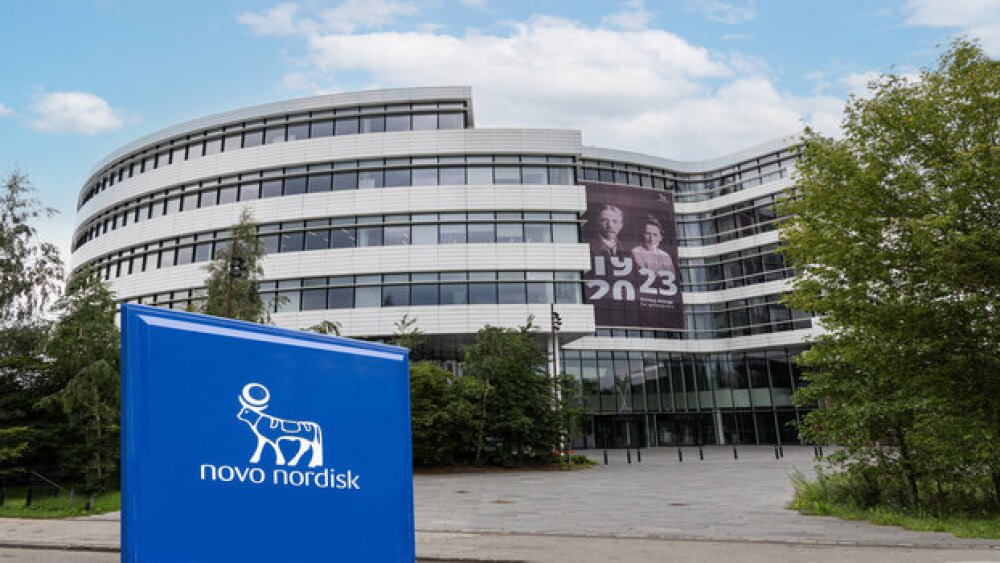A new study out of Duke University added weight to the determination that asthma in children did not increase infection risk, children slow to get COVID vaccine and more COVID-19 news.
Early in the pandemic, asthma was viewed as one of the bigger risk factors for COVID-19. However, as more data came in, that appeared to be less and less of an issue, especially compared to obesity, diabetes and age. A new study out of Duke University added weight to the determination that asthma in children did not increase infection risk. For that and more stories, continue reading.
Children with Asthma Not at Higher Risk of COVID-19
A study published in Pediatrics found that children and adolescents diagnosed with asthma do not have a higher risk for COVID-19 infection than children without asthma. The research was conducted by Duke University investigators and analyzed the electronic health records of 46,900 children ages five to 17 in North Carolina. Of them, 6,324 had asthma. The study involved a time period from March 1, 2020, to Sept. 30, 2021, which included the Delta surge, but not the Omicron surge.
“Despite the continued general precaution regarding asthma and COVID-19, we found no evidence that asthma predisposes children to SARS-CoV-2 infection or severe illness from COVID-19,” the researchers wrote. “Importantly, we identified marked disparities in SARS-CoV-2 testing based on sociodemographic factors, highlighting the need for improved access to SARS-CoV-2 testing and care among certain vulnerable pediatric populations.”
Despite Access, 5 to 11-Year-Olds Slow to Get COVID-19 Vaccine
Uptake of the COVID-19 vaccine in children ages five to 11 in the U.S. has stayed low during the first 11 weeks of eligibility, according to the U.S. Centers for Disease Control and Prevention (CDC). The Pfizer-BioNTech vaccine was authorized for that age group on Oct. 29, 2021. As of Jan. 18, 2022, 13.3 million doses had been provided to that age group.
“At 11 weeks, despite 54.0% of vaccine providers being in high SVI [social vulnerability index] areas, the series completion rate was approximately 33.0% lower in high than in low SVI areas, underscoring the importance of strengthening strategies (e.g., education, culturally and linguistically relevant outreach, and engagement of trusted providers) to improve vaccination coverage in these communities,” the agency’s authors wrote.
Pfizer’s Antiviral Paxlovid Has Regulatory and Production Problems
A recent Bloomberg report, citing data from Airfinity Ltd., suggests that Pfizer’s COVID-19 antiviral pill probably won’t be widely available for about another year. They cite regulatory and production problems. Medicines Patent Pool, backed by the United Nations, has a licensing deal with Pfizer to appoint generic drugmakers with the production of the pill, but the first allotment of supplies isn’t expected to get to the companies until December 2022.
Larger amounts of the drug will probably only make it to market by May 2023. Paxlovid is a combination of protease inhibitor nirmatrelvir and an older antiviral, ritonavir. The report notes that Paxlovid requires 38 different ingredients and reagents, and while there are no raw material shortages, the supply chain is complicated.
Clinical Hold Lifted on Immunome’s COVID-19 Antibody Cocktail
The U.S. Food and Drug Administration (FDA) has lifted its clinical hold on Immunome, Inc.’s Investigational New Drug (IND) application for IMM-BCP-01, an antibody cocktail to treat COVID-19. The FDA had placed the hold after a request for more information on the preparation and administration of the drug ad clinical sites. Now that the company has provided the requested data, the hold has been lifted. IMM-BCP-01 is made up of three antibodies targeting non-overlapping segments of the SARS-CoV-2 Spike protein.
China’s Symptomatic COVID-19 Rate Highest in Two Years
Mainland China reported 1,807 new local symptomatic COVID-19 cases on March 12. This was triple the figure the day before, of 476, according to China’s National Health Commission. The country has generally had significantly lower case counts than other countries, likely related to its stringent lockdown efforts and what it calls its “dynamic-clearance” ambitions. A health official with the Jilin province, which is showing the highest rates, said the increase “showed that some local areas, facing a rapid rise of the epidemic, lacked the capacity to expand medical resources, resulting in limited admission of infections to centralized facilities within a short period of time.”
Mixed Results for Korea’s CMOs for COVID-19 Vaccines
The COVID-19 pandemic and the manufacturing of the vaccines has been a boon for many contract manufacturing organizations (CMO) that do the actual manufacturing for biopharmaceutical companies. An analysis of CMOs in South Korea, however, showed that it has been something of a mixed bag. Subsidiaries of large conglomerates, including Samsung Biologics and SK Bioscience, are doing well at manufacturing the vaccines, but independent companies such as GC and Huons Global have largely abandoned their COVID-19 vaccine CMO business.
For example, GC indicated it had halted discussions with Johnson & Johnson for the J&J’s vaccine in December 2021. And just last week, Huons Global stopped its deal with Russia for the country’s Sputnik V vaccine because of the Russian invasion of Ukraine and Russia’s economic sanctions against Korea.
“The Russian government named Korea an ‘unfriendly’ nation last Monday and is expected to impose various restrictions on Korea, including diplomatic ones,” said Huons Global. “Even before that, concerns had risen about our business continuity due to international sanctions against Russia.”





